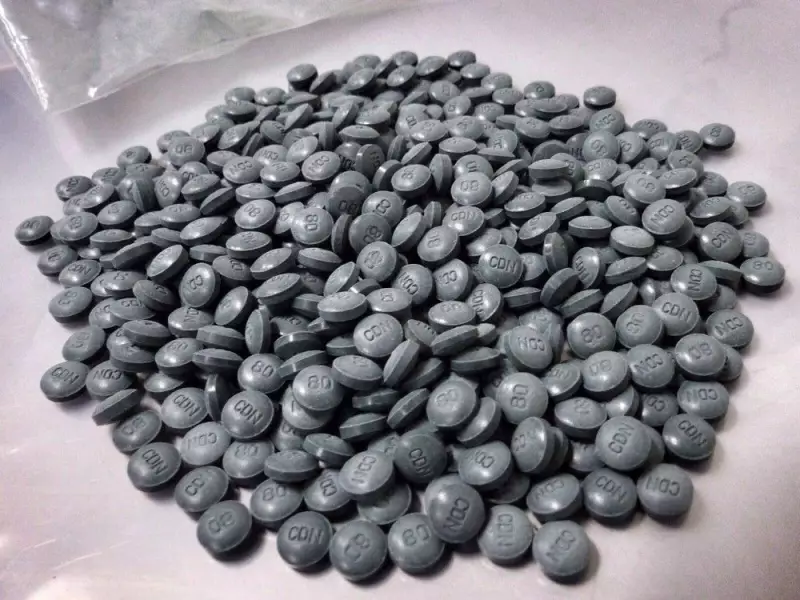
The serene landscapes along the Canada-U.S. border conceal a deadly pipeline that's fueling one of North America's most devastating public health crises. As fentanyl continues to claim thousands of lives, new evidence reveals how illegal border crossings are becoming critical arteries for this lethal narcotic's distribution network.
The Hidden Highways of Death
While official ports of entry remain heavily monitored, the vast stretches of wilderness between them have become vulnerable corridors for sophisticated smuggling operations. The Royal Canadian Mounted Police and U.S. Customs and Border Protection are facing an unprecedented challenge as traffickers exploit remote crossing points.
"We're seeing increasingly sophisticated methods," explains a border security expert who wished to remain anonymous. "These aren't opportunistic individuals carrying small quantities—we're dealing with organized networks using technology and local knowledge to move significant volumes."
Roxham Road: From Refugee Route to Drug Corridor?
The now-famous Roxham Road crossing point, which gained notoriety for irregular migration, has drawn particular concern from law enforcement officials. While initially known for asylum seekers, intelligence suggests the route may have been co-opted by trafficking organizations taking advantage of the infrastructure and patterns established by migrant flows.
Border communities are feeling the impact directly. "We never used to see this kind of activity," says a resident living near a known crossing zone. "Now we find discarded packaging, strange vehicles at odd hours, and there's this constant unease about what might be moving through our backyard."
The Enforcement Dilemma
Law enforcement agencies face multiple challenges in combating this flow:
- Vast territory: The 8,891-kilometer border is impossible to monitor completely
- Resource constraints: Agencies are stretched thin between migration management and drug interdiction
- Technological arms race: Smugglers use drones, encrypted communications, and GPS technology
- Small packages, big impact: Fentanyl's potency means lethal quantities can be easily concealed
The Human Cost
Behind the enforcement statistics lies a growing body count. Canadian communities from British Columbia to Atlantic Canada are reporting record overdose deaths, with fentanyl detected in the majority of cases. Public health officials describe the situation as the worst drug crisis in modern history.
"Every shipment that gets through means more deaths," says a Vancouver-based harm reduction worker. "We're not just talking about addiction—we're talking about instant death from substances far more powerful than anything we've seen before."
Cross-Border Cooperation Intensifies
In response to the escalating threat, Canadian and American authorities have launched several joint initiatives:
- Enhanced intelligence sharing between RCMP and Homeland Security
- Deployment of additional surveillance technology at known crossing hotspots
- Coordination with local law enforcement on both sides of the border
- Public awareness campaigns about the dangers of illicit substances
Despite these efforts, officials acknowledge they're playing catch-up with criminal networks that adapt quickly to enforcement strategies. The profitability of fentanyl—where a kilogram can generate millions of street-level doses—makes the risk-reward calculation irresistible for trafficking organizations.
What's Next in the Border Battle?
As authorities grapple with the current crisis, new challenges loom on the horizon. The emergence of even more potent synthetic opioids and the increasing sophistication of smuggling techniques suggest this border security challenge will only intensify in the coming years.
The solution, experts suggest, requires addressing both supply and demand—strengthening border security while expanding treatment and harm reduction services for those already caught in addiction's grip.





